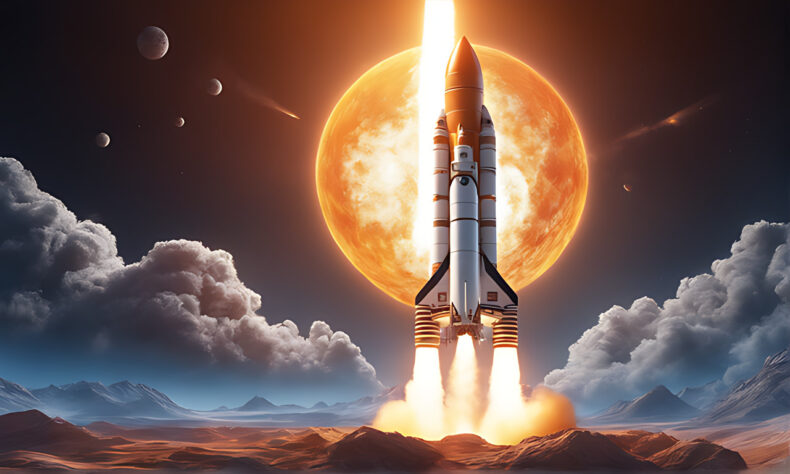India has achieved a remarkable feat by successfully landing a spacecraft near the Moon’s south pole. Now, the nation’s sights are set on a new cosmic adventure – this time, towards the Sun. The Indian Space Research Organisation (ISRO) has proudly announced the launch date for its inaugural solar mission, Aditya-L1. The spacecraft is scheduled to take off on September 2 at 11:50 a.m. from the Sriharikota Space Centre. As tweeted by ISRO on X.
ISRO’s Aditya-L1 mission has a fascinating objective: to closely study the solar corona. It will do this from a unique vantage point called the Sun-Earth Lagrange Point L1, which lies around 1.5 million kilometres away from our planet. These Lagrange points were named after Joseph-Louis Lagrange, a French mathematician who delved into their properties during the 18th century. These points in space are where the gravitational pulls of two substantial celestial bodies, like the Sun and Earth, find a delicate balance. This equilibrium forms a special zone that spacecraft can utilise to conserve fuel and energy, making them highly efficient.
Placing a satellite in a special orbit around the L1 point has a big advantage. This satellite can continually watch the Sun without any interruptions like shadows or eclipses. This unique position allows for a significant benefit in observing solar activities and how they impact space weather in real time, as explained by ISRO.
India’s pioneering Sun-studying space observatory, the Aditya-L1 spacecraft, will be launched using the PSLV-C57 rocket.
The objective behind Sun’s Aditya L-1 mission
The main goals of the Aditya-L1 mission, as outlined by ISRO, involve studying the upper layers of the Sun’s atmosphere (the chromosphere and corona) and how they interact with the solar wind. The focus is on understanding the physics of the partially charged plasma present in the solar atmosphere.
This spacecraft is set to explore the processes that generate heat in the solar corona and closely observe the beginnings and progress of coronal mass ejections (CMEs) and solar flares.
Furthermore, the mission will analyse the particle and plasma conditions around the Sun and gather information about the magnetic field in the solar corona.
In addition, the spacecraft will examine and assess the main causes of space weather disturbances.
As for its equipment, the Aditya-L1 spacecraft will carry seven specialised instruments to investigate the Sun’s corona, chromosphere, photosphere, and solar wind.
“The suits of Aditya L1 payloads are expected to provide the most crucial information to understand the problem of coronal heating, coronal mass ejection, pre-flare and flare activities and their characteristics, dynamics of space weather, propagation of particle and fields, etc.”
ISRO
The payloads of Sun’s Aditya L-1 mission

The four remote sensing payloads will image the Sun’s atmosphere in different wavelengths of light, including visible, ultraviolet, and X-rays.
- The Visible Emission Line Coronagraph (VELC) will image the solar corona and study its dynamics.
- The Solar Ultraviolet Imaging Telescope (SUIT) will image the photosphere and chromosphere in both narrow and broadband ultraviolet wavelengths.
- The Solar Energy X-ray Spectrometer (SoLEXS) will study the soft X-ray emission from the Sun.
- The High Energy L1 Orbiting X-ray Spectrometer (HEL1OS) will study the hard X-ray emission from the Sun.
- The three in-situ payloads will measure the composition, dynamics, and magnetic field of the solar wind.
Read: How Golden Boy Conquered Another Gold.
"From conquering challenges, we've journeyed far - pedalling bicycles to touching the Moon, and now, poised to master the Sun. Personally, I aspire for ISRO to bring immense pride to us and our nation. With India's prowess, we shall reign supreme. Now, India will never ever look back, it will conquer everything once and for all."













